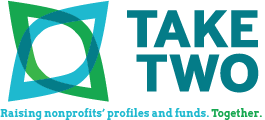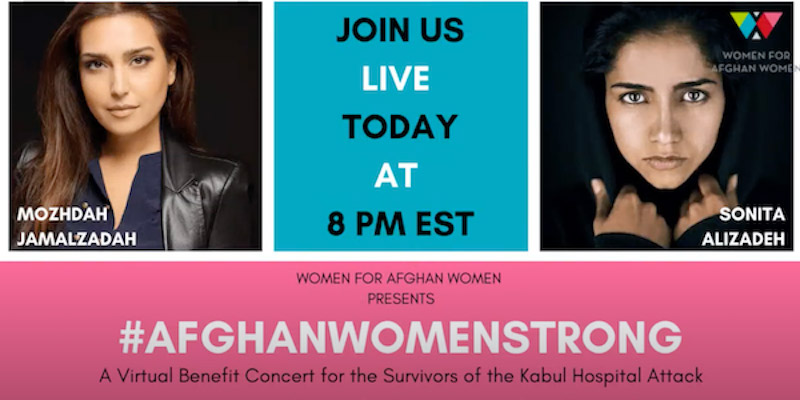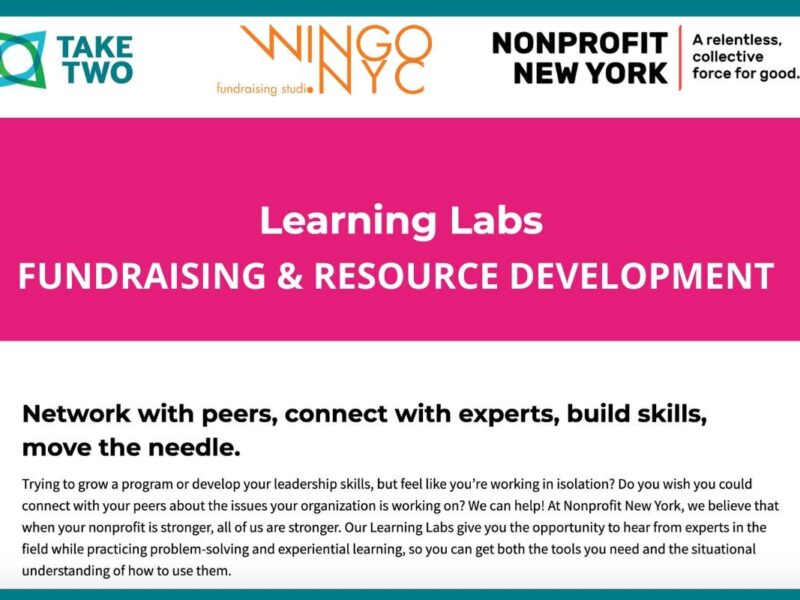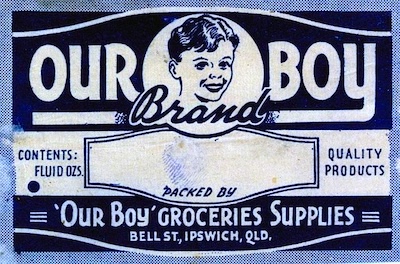
Campaign, Champagne – What’s That Thing Called Again?
There are so many buzzwords floating around the nonprofit marketing world that I sometimes think I could have a second career compiling a dictionary. (Yes, it’s true, I am that much of a word-nerd.) But there’s one word that gets tossed around a lot and it’s one we’re going to spend the next few blogs breaking down. Campaign.
In a world post-“Yes, We Can”, everyone knows what a successful campaign can achieve: elect a President. Oh, and raise a gazillion dollars. But many nonprofits can find it hard to apply the lessons from large campaigns to their own, and often think it’s a question of having lots of money and staffing and time.
We’re here to break down the elements of successful campaigns and show you that it’s something you can integrate into the work you’re doing. In fact, we’d bet our last cupcake that many of you are already experts at executing campaigns, but you may never have called ’em that.
- Defining a campaign
So: what is a campaign?
Merriam-Webster Dictionary Online defines it as “a connected series of operations designed to bring about a particular result” such as, you know, win an election. Google defines the verb, to campaign, as “Work in an organized and active way toward a particular goal, typically a political or social one.”
What neither of these definitions does is add in the key ingredient for most marketing or fundraising campaigns: a time factor.
Campaigns are essentially organizing a series of actions (reaching out to audiences, hosting events, etc.) and elements (like marketing channels –email, direct mail, social media) to achieve a particular goal within a fixed time period. Having a clear end point to your campaign is key – because it gives people a specific deadline and creates a sense of urgency. It’s one reason why studies show that many nonprofits raise the most money on December 30, one day before the end of year deadline hits.
- Elements of a campaign
Now that we’ve got the fundamentals in place (where would we be without dictionaries, I ask you), let’s talk about the key elements you need to think about for your campaign.
- Goals: Define what you really want to achieve with this campaign. For a year-end fundraiser, your end goal is to raise money. But you will also have sub-goals, such as raising awareness among new people about what you do, or clarifying aspects of your work to your existing base. The most important thing about setting goals is to be specific. So, the goal of the end-of-year campaign is not to raise more funds. It is to raise $100,000 by December 31, and to increase the number of first-time givers by 15%.
- Audiences: If I’ve said it once… define your target audiences. Nonprofits struggle with this because they have multiple audiences, often with different needs and interests. That’s okay. It might even help your campaign because you may be able to reach different audiences through different means (channels), please, please take the time to write up a profile of each person that represents a particular audience. This is whom you’re engaging in your campaign and no, you cannot write a profile for the “general public”.
- Campaign Creative Concept: Now put on your creative hat and come up with a big, sexy, appealing, and emotional creative concept for your campaign. Sure, done in 30 seconds. We know this is hard for many nonprofits, but brainstorm as a team, keeping the following in mind: your brand, your mission, your organization’s “personality”, and a story you can build around the campaign. The One Campaign is a classic example of “We are all one” uniting people around the world to end poverty.
- Calls to Action: Write down at least five clear, easy-to-do calls to action, putting yourself in the shoes of your audience. Think about: What would be an easy way for Rita Mae, age 54, schoolteacher and devout baker to donate? Invite other teachers and bakers to give?
- Channels: Defining your channels really needs to flow from your audiences and the calls to action. If, for example, you want people to like your page on Facebook, you’ll have to find them both on and off Facebook. So, think about what would be the best ways to reach Rita Mae, over and over again. Use multiple channels – using emails, Facebook posts, a YouTube video, direct mail – whatever formats work for your audiences.
- Calendar: This is where the campaign planning gets down-and-dirty. Map out your campaign calendar so you know that the day your email campaign goes out, your website is ready for a spike in donations. The calendar is your campaign work plan. And guess what? You can change it as things evolve.
- Measurement: Another toughie for many small nonprofits, but a key one to campaign success. As you’re implementing, see what’s working and what’s not by tracking and measuring the outcome for each email, Facebook post, direct mail you send, etc. and tweak accordingly. If you can’t do this throughout the campaign, then definitely analyze the results at the end and see what you can apply for next time.
Save this post for when you plan your next campaign. And next week, we’ll have more from the campaign trail (ha, ha), looking specifically at fundraising campaigns.




